Hi everyone. This is Round 179 of the Shadow Hunters Contest hosted by @melinda010100 and I am so excited to share with you my post for this week. For those who still do not know about this contest please check it out by clicking on the link here. You are all invited to join with your friends too.
The Sansevieria Masoniana is not your typical Snake Plant variety. It is nicknamed Whale Fin Snake Plant because of the unique shape of its unusually wide, paddle-like leaves which resembles a whale's fin.
This particular Whale Fin plant has grown taller than most of the ones we have. I don't really know why this is so. The photo below shows it beside some of the members of its pod.
Easily twice the length of the other plants. Anyway, my wife started to grow this plant last year and is propagating it for the benefits that it gives, aside of course from the aesthetics and visuals it can provide. Do you know Sansevieria Plants continue to emit oxygen at night, (as opposed to most other plants which begin to emit carbon dioxide due to lack of photosynthesis) so they are the ideal plant to not only brighten up a bedroom but help you sleep better by breathing cleaner, oxygen-rich air all night long?
This Plant is also one of ten plants recommended by NASA's Clean Air Study for it's air purifying attributes. Add one (or a combination of different purifying plants) for every 100 sq. ft. of indoor space and say goodbye to 90% of your indoor toxins! This hard-working plant specifically filters formaldehyde, trichloroethylene, xylene, and benzene from the air.
Most of our Whale Fins are grown in the garden under the shade of a Rosal tree (Gardenia Jasminoides of the family of flowering plants Rubiaceae known also as Gardenia). In the morning I pull them out from under the tree for them to enjoy the morning sun sunshine.
The Whale Fin does best in indirect light, so the ideal spot for it is under a shade o away from a window in a room that gets several hours of a light a day.
The photo below shows several Whale Fin plants almost ready for repotting.
Photo below shows how they would look like repotted.
The more common snake plants are of the Sansevieria Trifasciata variety with names such as "Mother-in-Law's Tongue, St. George's Sword, Viper's Bowstring Hemp and simply Snake Plant. But the Whale Fin has that distinct appearance that makes it more intriguing and uncommon, imho.
There's more good news. Studies now show that the Sansevieria plants, among others, are efficient absorber of radioactive waves coming from computers or cell phones. In our world today, almost everyone is continuously exposed to electromagnetic radiation. Whether we are using our cell phones, cooking with the microwave, or using an electric shaver, many everyday tasks leave us exposed to these harmful waves. Too much of these can lead to a variety of health problems, including development or increase of allergies, an increased risk of cancer, and a multitude of neurological disorders.
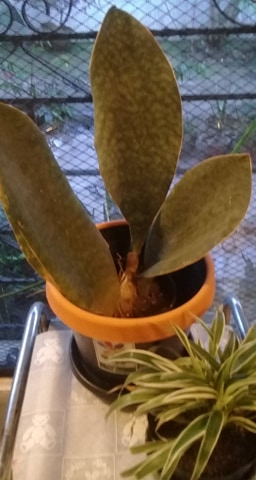
Having plants such as the Whale Fin will do yourself and your family a favor in contributing to the overall health of the entire home. Although there are no immediate studies available, I would like to think that the Whale Fin, with its broad leaves can absorb more pollutants in the air than its cousins which have slimmer leaves. What do you think?
For the purpose of this contest I am submitting the photo below as my entry.
All for now. Thanks for dropping by. I hope you have not only enjoyed this post but also learned something from it. Also, a round of applause for our curators @nelinoeva and @galenkp, our sponsors @good-karma at @ecency, @traciyork, @pixresteemer, @taskmanager and #archon. Till next time. Stay safe, stay healthy and stay awesome all of you. Best of luck to everyone in the contest.
(All photos are mine.)
Originally posted here: https://hive.blog/hive-179017/@gems.and.cookies/shadow-hunters-contest-round-179-a-whale-of-a-plant
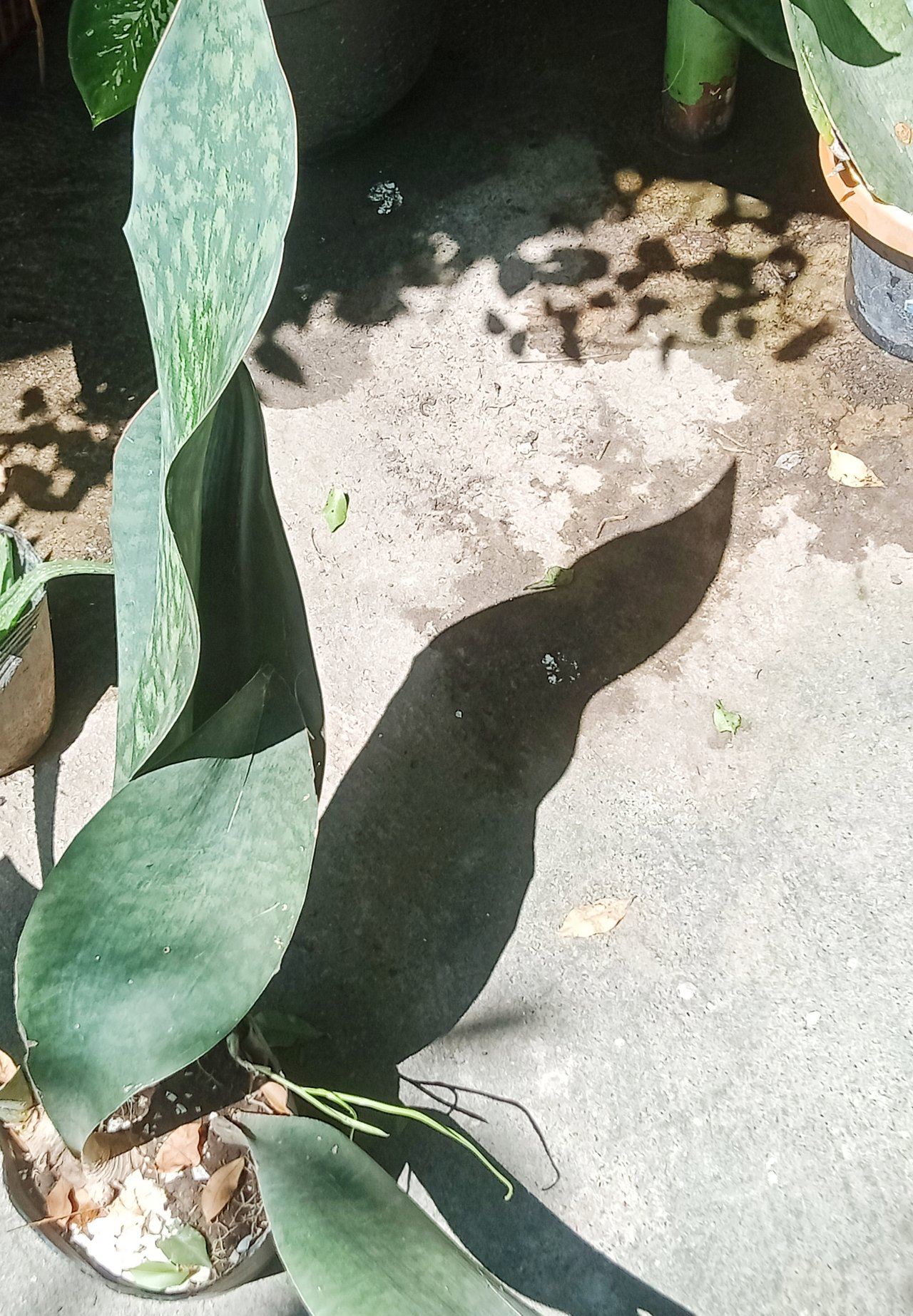
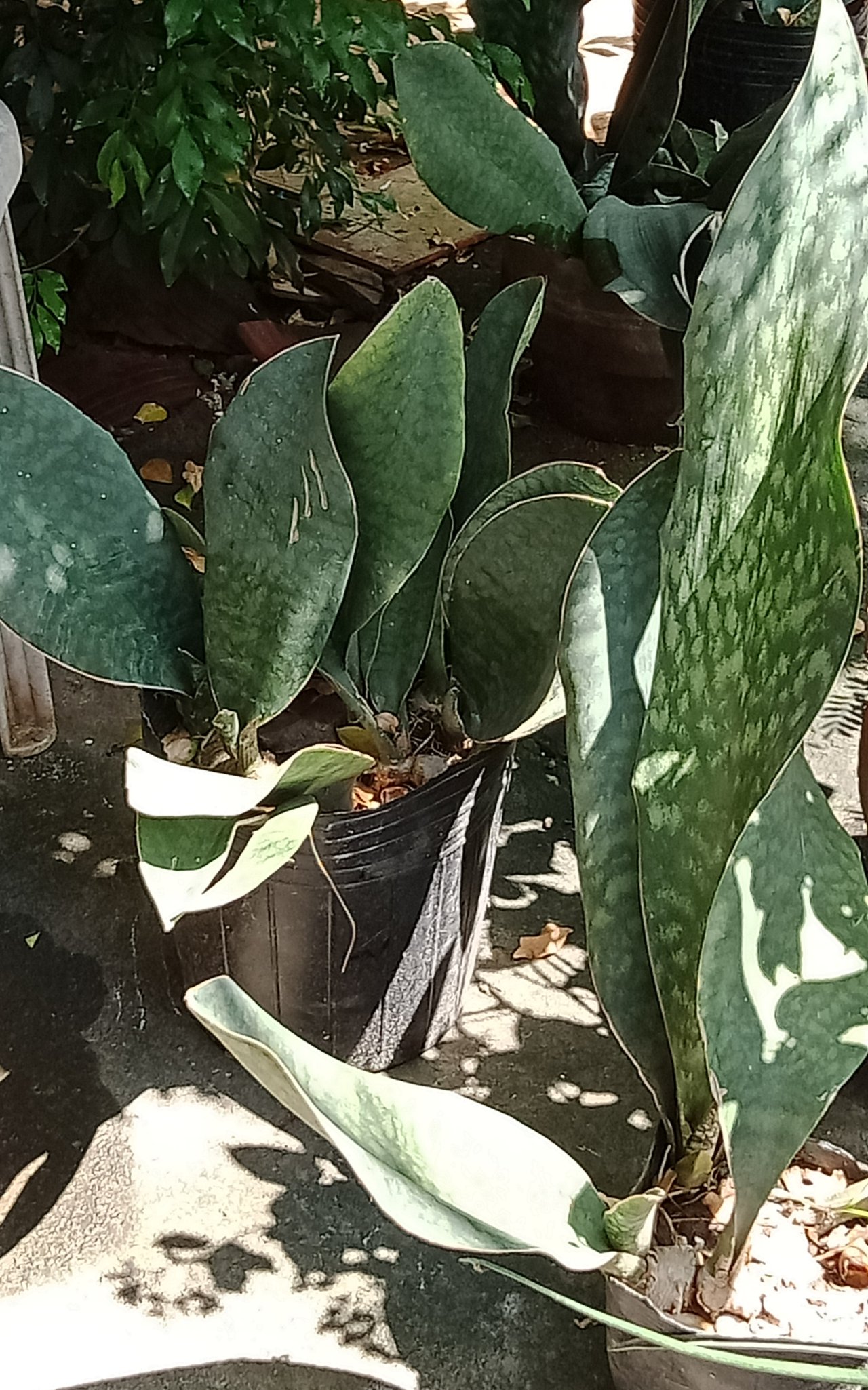
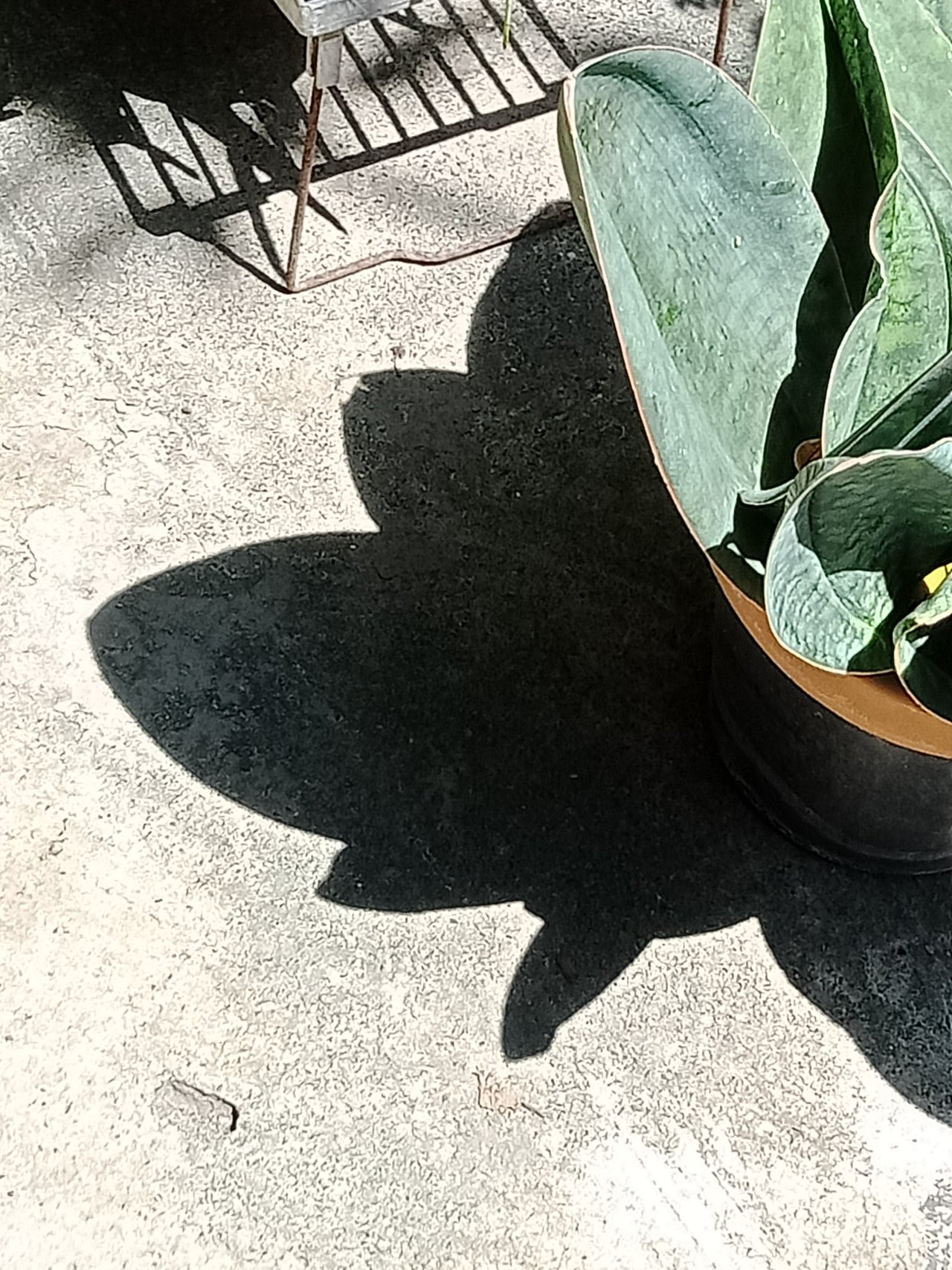
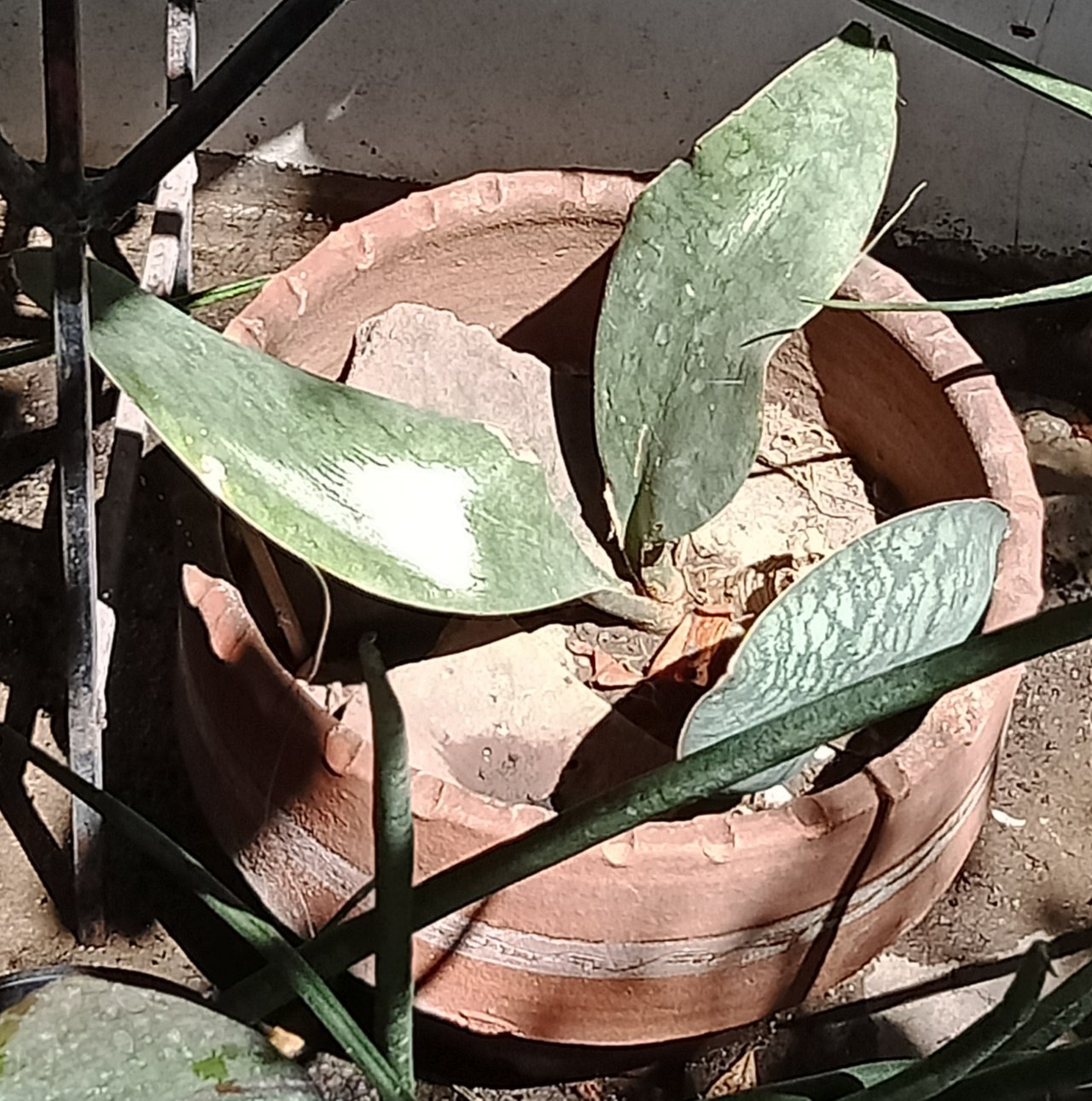
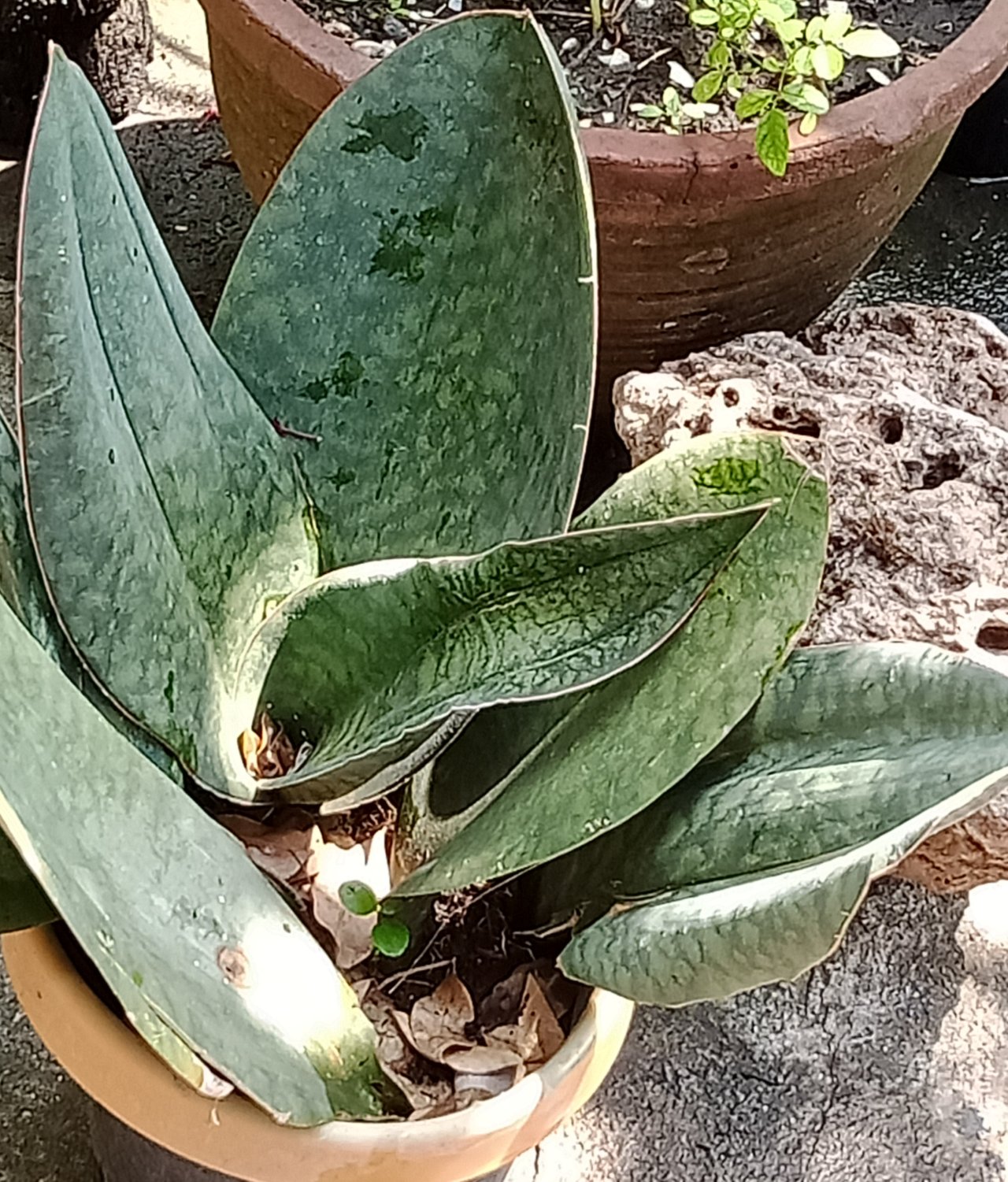
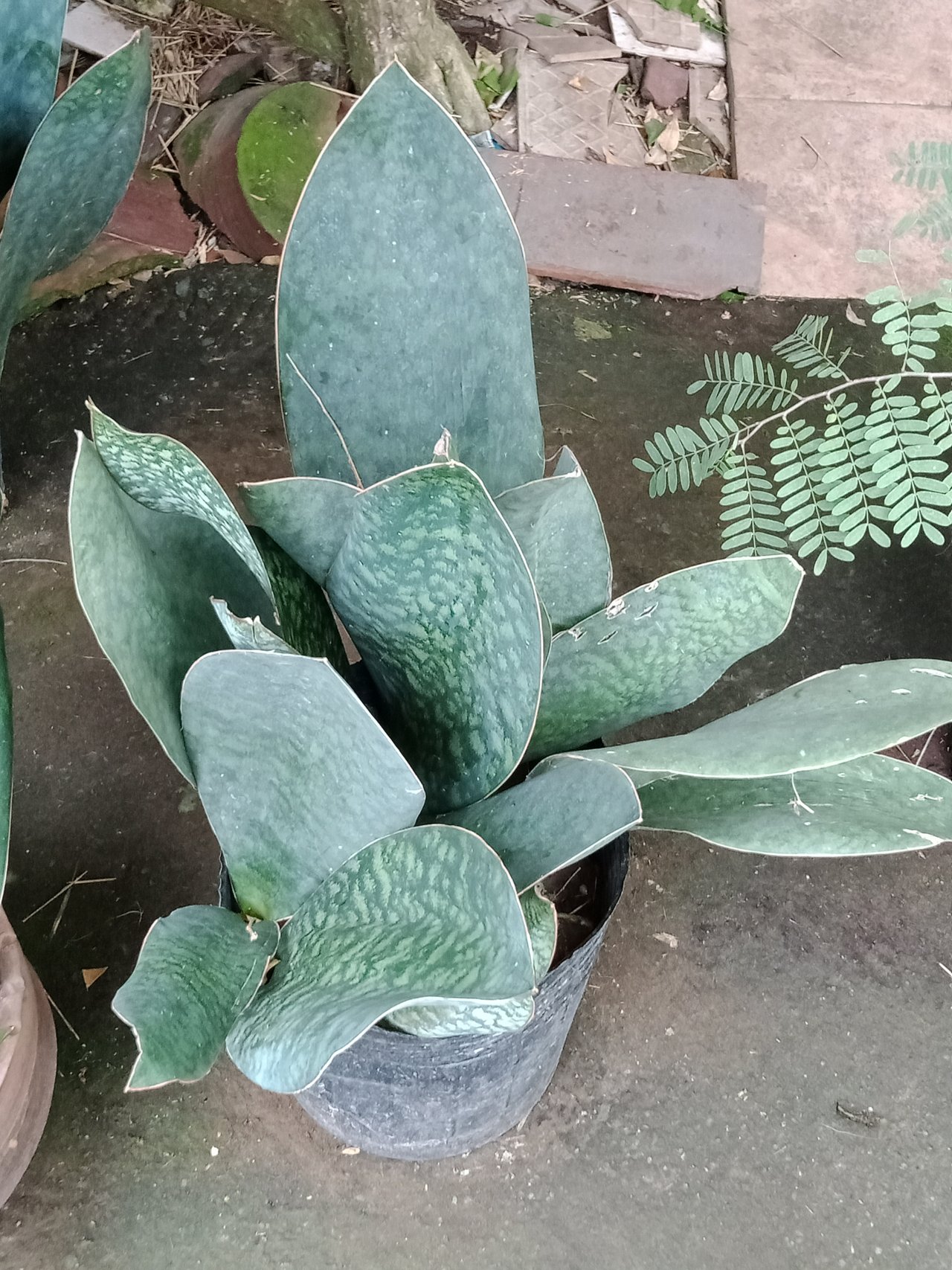
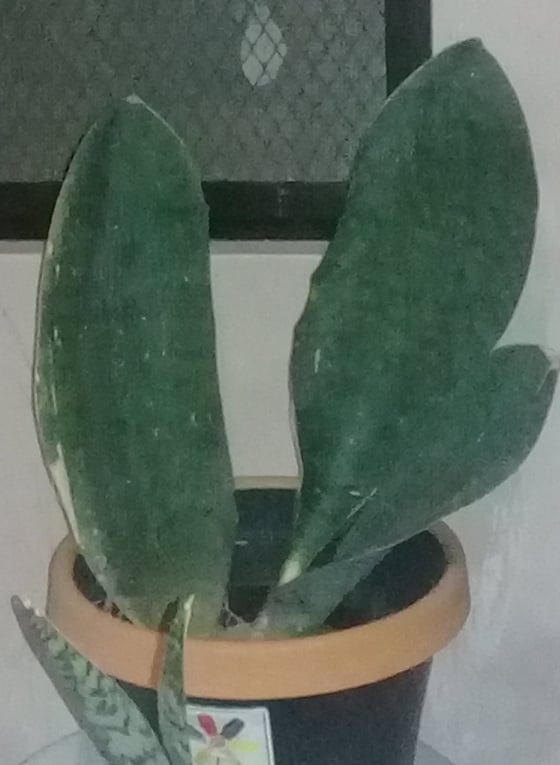
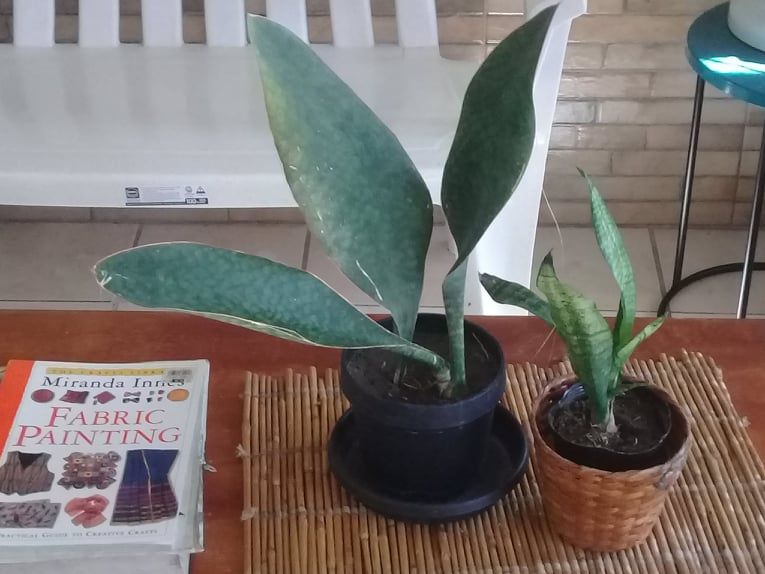
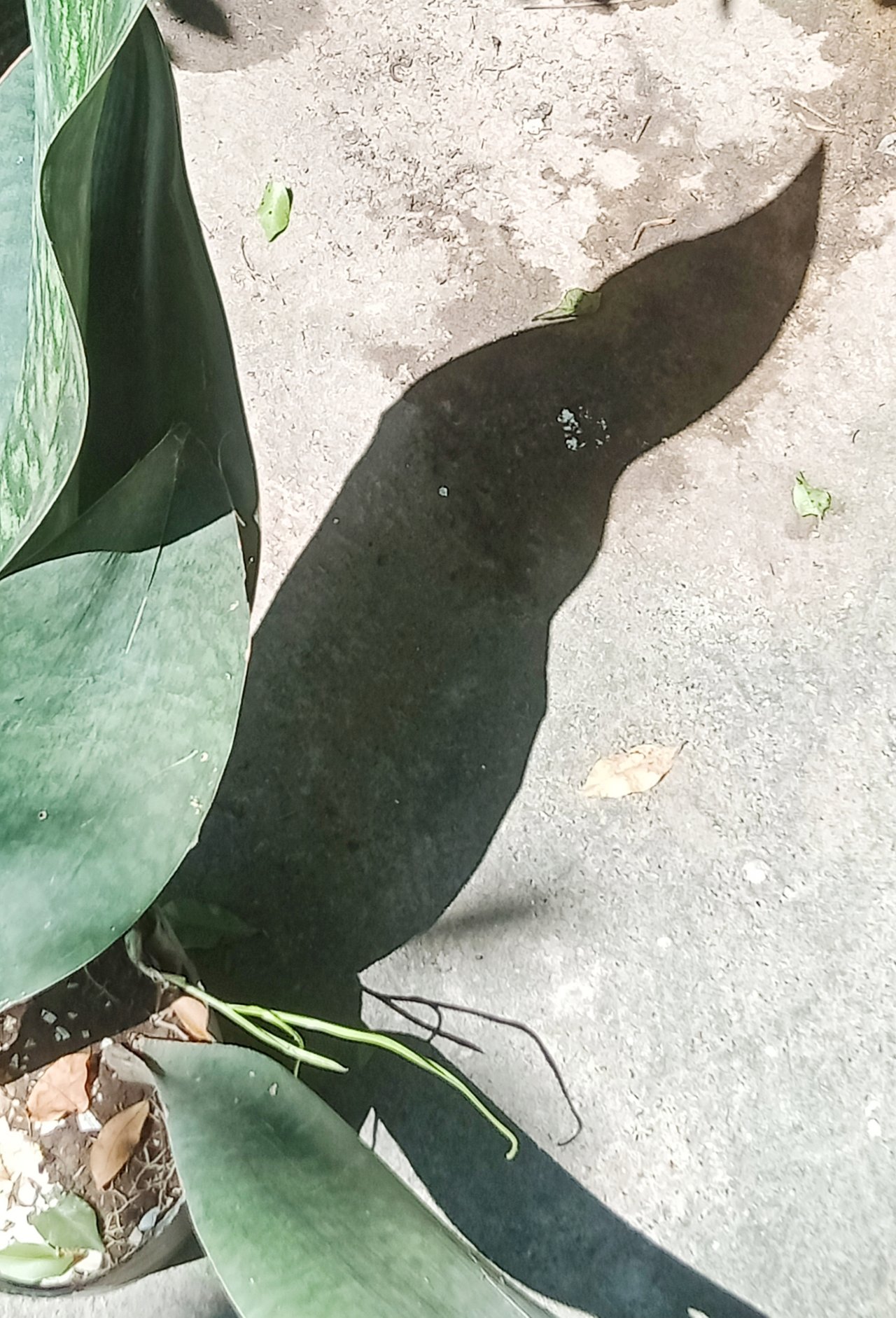
No comments:
Post a Comment